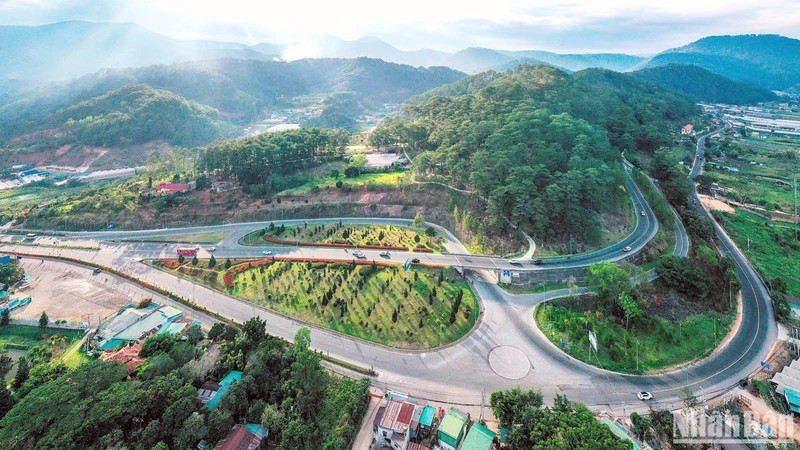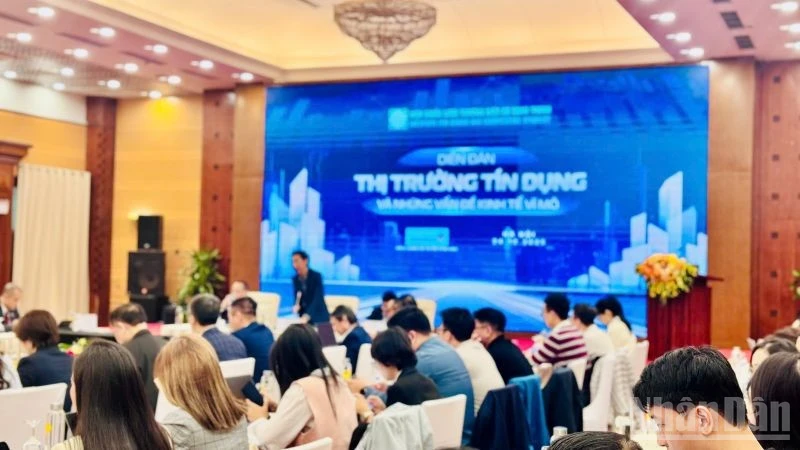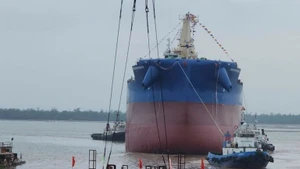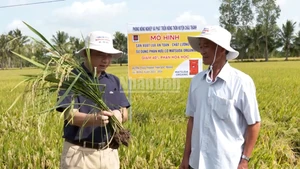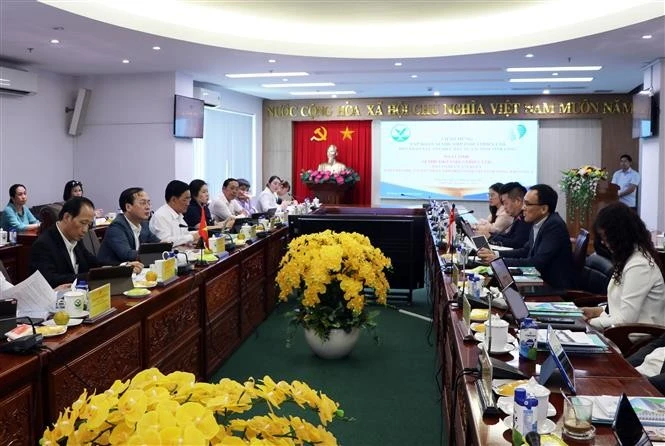According to many opinions from ministries, branches,and experts, in order to help the Central Highlands develop in a rapid and sustainable manner, the key is to promote regional and intra-regional connectivity; and totake the development of transport infrastructure as a driving force, creating space for regional development. As such, the inter-regional highway is the “runway” that helps the Central Highlands “take off”.
The Central Highlands region has a particularly important strategic role and position in the economics, politics, culture, society, environment, defence-security,and foreign affairs of the country. The majestic land is home to nearly six million people, including 54 ethnic groups. Rapid and sustainable development of the Central Highlands is a major guideline of the Party and State and a cross-cutting task, with important significance for the development of localities in the region and the whole country. However, the Central Highlands is still a "low-lying area" of the country, with economic development that is not commensurate with its potential and advantages. One of the basic reasons is that the transport infrastructure system connecting regions is weak and unsynchronised, leading to low transport efficiency and high costs, which has inhibited the circulation process.
Due to terrain characteristics, the Central Highlands cannot develop waterway transportation, there are many limitations in railway development, only road and air transport are suitable methods. However, the entire Central Highlands region only has 19 km of highway in Lam Dong, along with 117.5 km of the Khanh Hoa-Buon Ma Thuot Highway under phase one of construction and more than 3,100 km of national highway connecting the provinces of the Central and Southeast coasts. Meanwhile, seaports have also degraded over time andairports in the region are not really effective.
In the Politburo’s Resolution No.23-NQ/TW, dated October 6, 2022, on the direction of socio-economic development and ensuring national defence and security in the Central Highlands until 2030, with a vision to 2045, clearly defines the viewpoint of taking transport infrastructure development as the driving force increating space for regional development. The Government's action programme also clearly states that the development of transport infrastructure in a synchronous and modern direction, conveniently connecting the entire region to domestic and international seaports and airports.
 |
| Lien Khuong-Prenn Highway in Lam Dong Province. |
In May 2024, the Ministry of Transport issued a plan to implement the socio-economic development project associated with security and defence protection in the Central Highlands. Specifically, priority should be given to the development of arterial roads and aviation routes, focusing on removing traffic bottlenecks in the region to ensure the pervasive and inter-regional nature of forming a connection between the Central Highlands and the Central and Southeast coastal regions; as well as to international connection within the framework of Mekong sub-region cooperation, the development triangle region of Vietnam-Laos-Cambodia and ASEAN countries to exploit and promote the potentials and advantages of the Central Highlands region.
Connecting expressways is a long-standing aspiration of the Party Committee, administration, and people of the Central Highlands provinces. Connecting high-speed traffic will break the monopoly and expand favourable connection opportunities between the western region of the country with the dynamic economic region of the Southeast and the South Central Coast; open trade with neighbouring countries of Laos and Cambodia.
According to the national railway network planning for the 2021-2030 period, with a vision to 2050, in addition to the highway development planning, the State will invest in new railway routes, including a railway along the Central Highlands provinces (Da Nang-Kon Tum-Gia Lai-Dak Lak-Dak Nong-Binh Phuoc), connecting with the national railway to form a synchronous regional and inter-regional connection network. At the same time, it will restore the Thap Cham-Da Lat railway to serve tourism, thereby, opening more doors of hope for a traffic breakthrough in this important area.
At the end of 2022, during the Conference to deploy the Government's Action Programme to implement Resolution No.23 of the Politburo on socio-economic development directions, ensuring national defence and security in the Central Highlands until 2030, with a vision to 2045, Prime Minister Pham Minh Chinh pointed out that the Central Highlands region lacks internal, intra-regional, domestic, and foreign connections. The Prime Minister requested that localities must develop strategic infrastructure, including transport infrastructure connecting the east-west and north-south economic corridors, and traffic connecting the region. “Transportation development will create new development space and corresponding socio-cultural development. Wherever the road goes, there will be civilisation,” said PM Pham Minh Chinh.
Highways connecting the Central Highlands will certainly be the key to remove bottlenecks, awakening the potential and advantages of socio-economic development of basalt red soil, revitalising industrial parks and developing bustling urban areas; promoting the value of the “Central Highlands green road” and the advantage of the connecting axis “Central-Central Highlands heritage road”. Expressways that receiveinvestment and are put into operation will act as“lifelines” and important driving forces to help the Central Highlands create a breakthrough and become a region of sustainable development with a green circular economy, according to the vision in Resolution No.23 of the Politburo.
